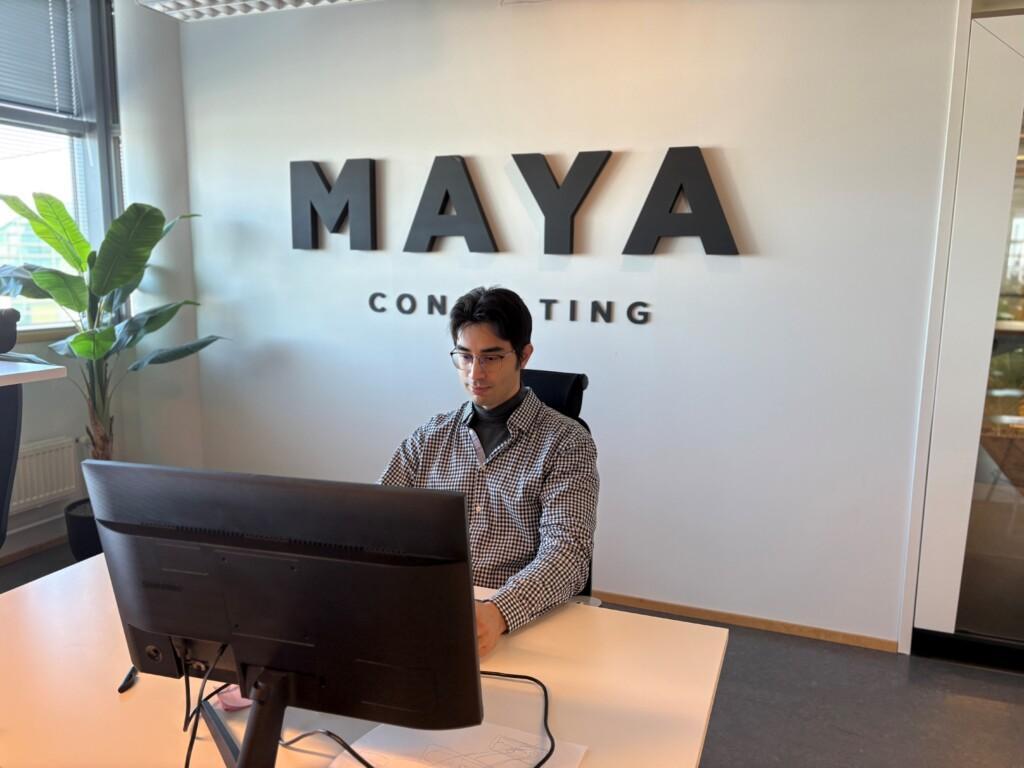As businesses embrace digital transformation, content management systems (CMS) have evolved to meet new expectations. One of the major shifts in recent years has been the rise of headless CMS platforms—content repositories that decouple the back-end content infrastructure from the front-end presentation layer.
A headless CMS empowers developers and content teams to manage content centrally and deliver it seamlessly across websites, apps, digital signage, and other channels using APIs. This approach increases flexibility, supports omnichannel strategies, accelerates development cycles, and simplifies scaling. Among the many headless CMS platforms, Contentful has long been seen as a top-tier choice. However, DatoCMS is gaining traction fast—especially among small and mid-sized organizations—as a lightweight, developer-friendly, and scalable alternative.
To shed light on why DatoCMS is a worthy challenger, we asked our full-stack developer Samuel, who has led multiple migration projects from Contentful to DatoCMS, to share his insights.

Why is DatoCMS challenging Contentful as an option for headless CMS?
Samuel: Unless there are complex needs requiring extensive professional services and enterprise-scale solutions, DatoCMS offers all the tools and flexibility needed for most digital projects. It delivers excellent performance, a modern feature set, and ease of use without unnecessary overhead.
Who should consider DatoCMS?
Samuel: DatoCMS is an excellent choice for small and medium-sized businesses and digital agencies. These organizations often need speed, adaptability, and cost-efficiency. DatoCMS hits the sweet spot by being powerful enough for advanced use cases, yet simple enough for lean teams to manage efficiently.
What three features would you highlight in DatoCMS?
Samuel: The developer support is outstanding – the DatoCMS team is agile, approachable, and regularly ships new features. But I also must highlight its flexible content modeling that enables clean, intuitive data structures. This makes both development and editorial work easier. DatoCMS offers Developer-first tools. Their GraphQL API is excellent, and the platform supports modern workflows without being bloated.
From an implementation point of view, what are the strengths and weaknesses of DatoCMS?
Samuel: There’s a lot to like. The intuitive user interface, great developer experience, built-in localization, media management, live preview, and role-based permissions all make implementations smooth. However, some limitations exist for enterprise-grade projects: DatoCMS may not be the best fit if you need deep plugin extensibility, complex approval workflows, or advanced automation out of the box. But for most use cases, it’s a robust and effective choice.
Final Thoughts
For IT directors and development team leads evaluating headless CMS platforms, DatoCMS represents a compelling alternative to Contentful. It combines modern capabilities, developer-centric design, and a pricing model that aligns with the needs of growing businesses.
If your current CMS feels heavy, rigid, or overpriced, it might be time to explore DatoCMS. As Samuel’s experience shows, the migration path is smooth—and the long-term benefits are worth the switch.


